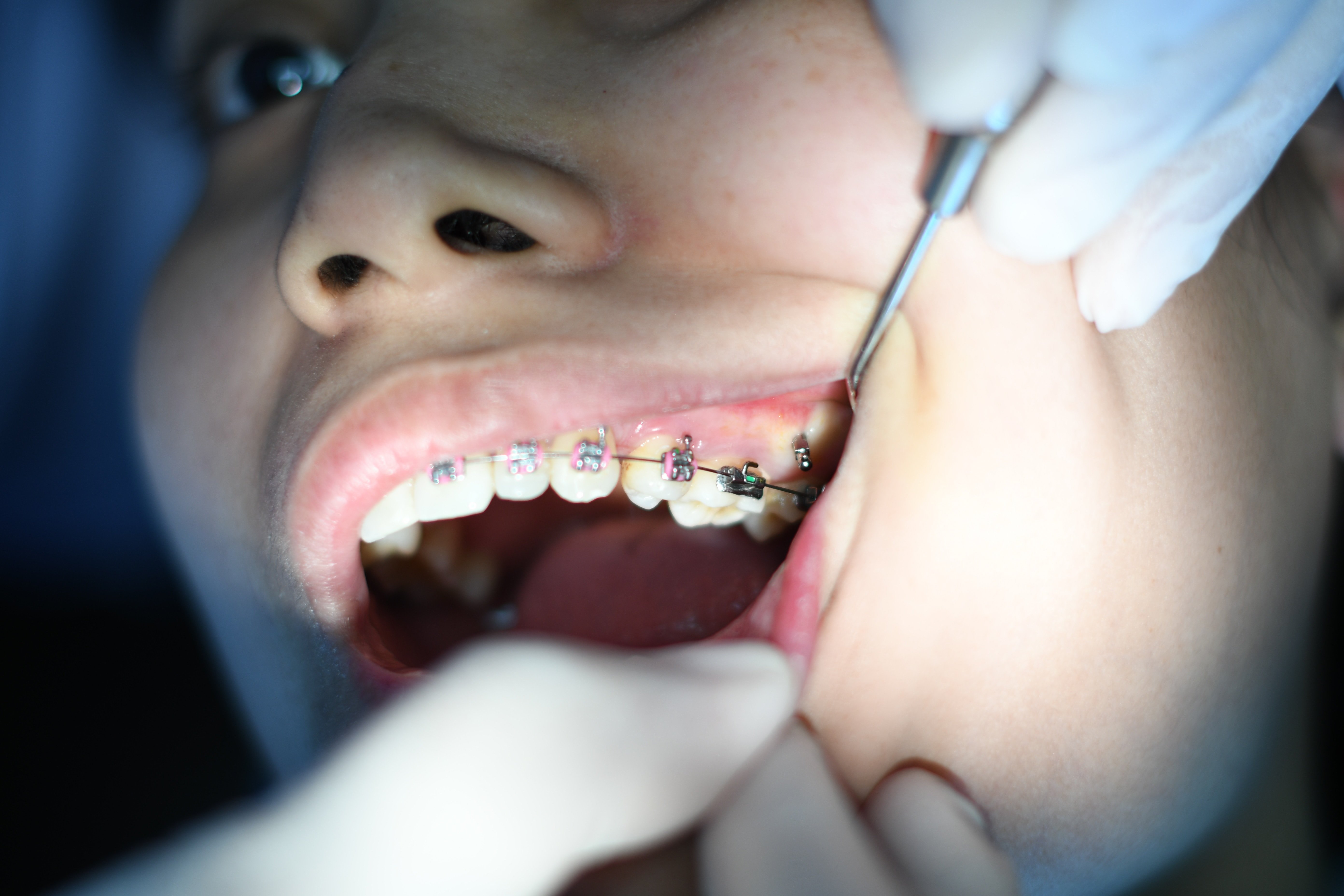Discover the various types of orthodontic appliances and find the perfect one for your needs.
Understanding Orthodontic Appliances
Orthodontic appliances are devices used to correct dental abnormalities and improve the alignment of teeth and jaws. These appliances can be used to treat various conditions such as crooked teeth, overcrowding, overbites, underbites, and crossbites. They work by applying gentle pressure to the teeth and jaws, gradually moving them into the desired position.
There are several types of orthodontic appliances available, each with its own unique features and benefits. Understanding these appliances can help you make an informed decision about which one is right for you.
Traditional Metal Braces
Traditional metal braces are one of the most common types of orthodontic appliances. They consist of metal brackets that are bonded to the teeth and connected by a wire. The wire is adjusted periodically to gradually move the teeth into alignment. Metal braces are known for their durability and effectiveness in treating a wide range of dental issues. They are suitable for patients of all ages.
While metal braces may not be as aesthetically pleasing as some other options, they are often the most affordable choice. They are also highly effective in correcting complex dental problems.
Clear Aligners
Clear aligners, also known as invisible braces, are a popular choice among adults and teenagers who want a more discreet orthodontic treatment. These aligners are made of clear, BPA-free plastic and are custom-made to fit over the teeth. They are virtually invisible when worn, making them a great option for those who are conscious about their appearance.
Clear aligners work by applying gentle pressure to the teeth, gradually moving them into alignment. They are removable, allowing you to eat, drink, brush, and floss without any restrictions. However, it is important to wear the aligners for the recommended amount of time each day to achieve optimal results.
Lingual Braces
Lingual braces are similar to traditional metal braces, but with one key difference - they are placed on the back of the teeth instead of the front. This makes them virtually invisible when smiling or talking. Lingual braces are a great option for individuals who want the effectiveness of traditional braces but prefer a more discreet treatment.
Since lingual braces are custom-made for each patient, they provide a precise and efficient treatment. However, they may take some time to get used to, as they can initially cause discomfort or affect speech. Regular adjustments and proper oral hygiene are crucial for successful treatment with lingual braces.
Self-Ligating Braces
Self-ligating braces are a modern alternative to traditional braces. These braces use a specialized clip or bracket system to hold the archwire in place, eliminating the need for elastic or metal ties. This allows for smoother and more comfortable tooth movement. Self-ligating braces are known for their efficiency and shorter treatment time compared to traditional braces.
These braces come in both metal and clear options, giving patients a choice based on their preference. Self-ligating braces require fewer adjustments and maintenance appointments, making them a convenient choice for busy individuals. However, they may not be suitable for all cases, and it is important to consult with an orthodontist to determine if they are the right option for you.


